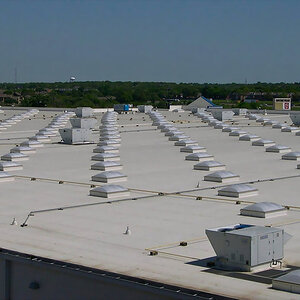RitterPhoto
TPF Noob!
- Joined
- Jun 12, 2008
- Messages
- 12
- Reaction score
- 0
Hello guys, first post.
i need help so ill cut to the chase
I built a pinhole camera several years ago, and took some rather wonderful images with it. I dont recall what type of photo paper i was using, it was glossy on one side and was Kodak paper on the other side. (this made dark room work easier because there was no question which side should be facing where!)
at any rate... I recall in the class, and the few times i used the camera, I loaded the film in the pinhole camera, and the shutter time for my camera was about 5 seconds of exposure max. the images were great.
recently, i found my old pinhole camera in perfect condition, and it peaked my wifes curiosity and as i told her about it she thought it would be nice to try it out again.
So... i went to a photo shop and purchased some Developer mix, and some Fixer and some kodak Tmax 100 4x5 film.
The first box of Tmax100 was wasted... as i didnt remember that it shouldnt be used with a safety light.
on to box 2.
box two was treated with much more care in handling. However... i have tried several exposure times for the film ranging from 1 second to 60 seconds and my film always develops a clear image as if i was holding a sheet of glass.
in your collective expert opinions... what am i doing wrong???
Im placing the film in the developer tray for about 5 minutes (based on other places i have read), drip dry... and then rinsing in a stop bath for about 1 minute. then into the fixer for a few minutes and presto... i go to check the negative and the film is completely clear... the only image i had remotely close to showing anything was clear with a purple hue.
i cant wrap my head around this problem.
is Tmax100 more of an experts film? should i be using a different type of film?
what do you guys think of the above situation?
thanks a million!
i need help so ill cut to the chase
I built a pinhole camera several years ago, and took some rather wonderful images with it. I dont recall what type of photo paper i was using, it was glossy on one side and was Kodak paper on the other side. (this made dark room work easier because there was no question which side should be facing where!)
at any rate... I recall in the class, and the few times i used the camera, I loaded the film in the pinhole camera, and the shutter time for my camera was about 5 seconds of exposure max. the images were great.
recently, i found my old pinhole camera in perfect condition, and it peaked my wifes curiosity and as i told her about it she thought it would be nice to try it out again.
So... i went to a photo shop and purchased some Developer mix, and some Fixer and some kodak Tmax 100 4x5 film.
The first box of Tmax100 was wasted... as i didnt remember that it shouldnt be used with a safety light.
on to box 2.
box two was treated with much more care in handling. However... i have tried several exposure times for the film ranging from 1 second to 60 seconds and my film always develops a clear image as if i was holding a sheet of glass.
in your collective expert opinions... what am i doing wrong???
Im placing the film in the developer tray for about 5 minutes (based on other places i have read), drip dry... and then rinsing in a stop bath for about 1 minute. then into the fixer for a few minutes and presto... i go to check the negative and the film is completely clear... the only image i had remotely close to showing anything was clear with a purple hue.
i cant wrap my head around this problem.
is Tmax100 more of an experts film? should i be using a different type of film?
what do you guys think of the above situation?
thanks a million!



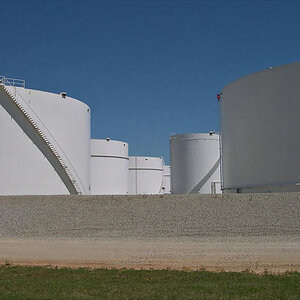
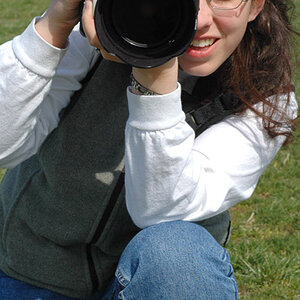
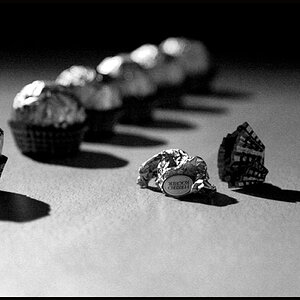


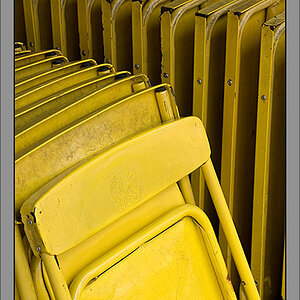

![[No title]](/data/xfmg/thumbnail/31/31740-83040d547efdbb1f87736f24d2e9985c.jpg?1619734985)
![[No title]](/data/xfmg/thumbnail/33/33340-27d18dd642b5257e4b9a04a4c1feffd1.jpg?1619735910)

